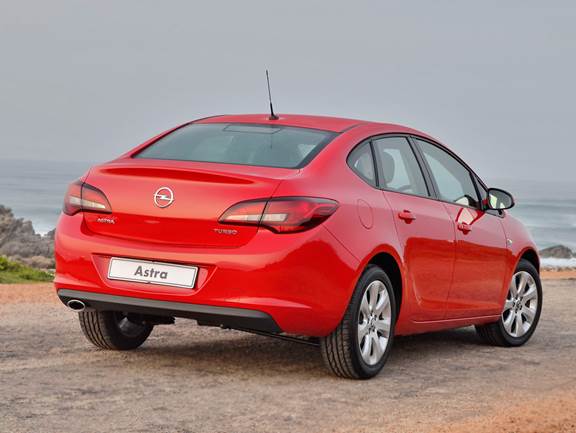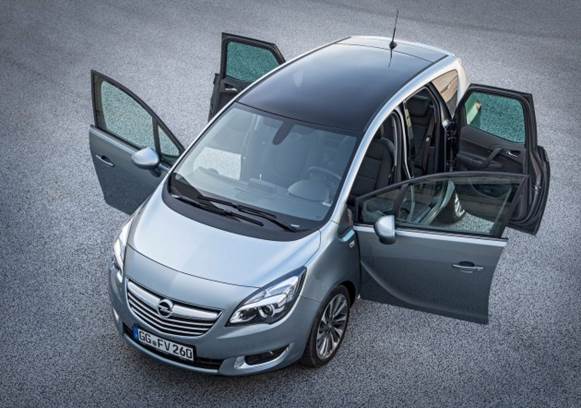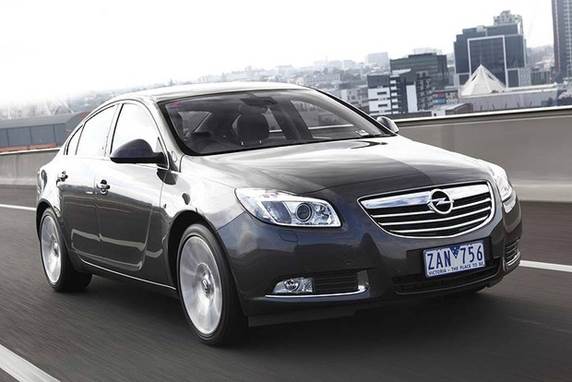Whereas the entry-level model is powered by a 1,6 liter normally aspirated motor that develops 85 kW/155 N.m, and the range-topper features a 1,6-liter turbo petrol that boasts 132 kW/230 N.m, this 1,4-litre turbocharged unit sits midway with 103 kW at 4 900 r/min and 200 N.m of torque at 1 850. The motor drives the front wheels through a six-speed automatic transmission.
At low speed and during relaxed driving, the Astra’s drivetrain meets most expectations; it provides ample oomph thanks to the turbo petrol’s flexibility with little noise or sign of strain.
Quick getaways are a slightly different story, however, as there is a noticeable delay before the horizon blurs. The Astra, as a vehicle aimed at family users, can’t be expected to rocket to 100 km/h from rest, but the 11,6-second sprint during testing highlights the long gearing, especially in the lower ratios. It also doesn’t help that the Astra weighs in at a hefty 1 449 kg.

Fortunately, once the Astra gets going, the tardiness isn’t all that noticeable, especially once out of the speed constraints of residential areas. Unfortunately, the transmission does exhibit a tendency to hang onto gears for too long, particularly when coasting downhill.
Where the Astra makes up for its tardiness is scrooge-like fuel consumption. The 7,92-litre/100 km CAR fuel-index figure was beaten on our fuel-route loop; the Opel sipped just 6,8 liters/100 km.
The Astra’s NVH suppression is impressive and, paired with the soft suspension settings, provides for cosseting journeys in and round town. Dynamically, the Astra has few flaws.

Test Summary
The Astra sedan has made a welcome return. The design is very pleasing to the eyes, fuel economy is excellent, and comfort and refinement close-to class leading.

It can’t match the Jetta’s overall space utilization and semi-premium image, but it’s arrived just at the right time to stand a very good chance of making an impact in the very talented C-segment.
We can’t wait to pit it against the new Corolla when that car arrives in two months…
SpecificationsEngine: Cylinders: four, inline, transverse Fuel supply: multipoint electronic fuel injection, turbocharged, intercooled Bore/stroke 72,5/82,6 mm Cubic capacity : 1364 cm3 Compression ratio: 9,5 to 1 Valvegear: d-o-h-c, four valves per cylinder Engine output: Max power ISO (kW): 103 Power peak/Red line (r/min): 4 900-6 000/ 6 500 Max torque (N.m): 200 Torque peak (r/min): 1 850-4 900 Transmission: Type: six-speed automatic 1st gear /2nd gear: 4,58/2,69 to 1 3rd gear/4th gear: 1,91/1,45 to 1 5th gear/Top gear: 1,00/0,75 to 1 Reverse gear: 2,94 to 1 Final drive: 3,23 to 1 Drive wheels: front Driver aids ESC (Electronic Stability Control) Wheels and tires: Tire make: Hankook Ventus S2 Tire size: 215/50 R17 Spare – type and location space-saver, under boot board Brakes: Front: 276 mm ventilated discs Rear: 268 mm solid discs Hydraulics: ABS with EBD and EBA Steering: Type rack and pinion, electric power assist Lock to lock: 2,8 turns Turning circle diameter: 10,7 m Suspension: Front: MacPherson struts, coil springs, anti-roll bar Rear: semi-rigid, Watts link, coil springs, anti-roll bar Capacities: Seating: 5 Fuel tank: 56 liters Boot/utility space: 348/1 048 dm3 Homologated tow rating (unbraked): 700 kg |